From the moment I first sailed the waters of Panama’s Archipelago de San Blas in 2011, I have been fascinated by the sleek and colorful dugout canoes, called ulus, built and sailed by the Guna. At dawn’s first light, they set out from villages on small coral islands off Panama’s Caribbean coast to go to the rainforest on the mainland to farm, gather water, and get supplies for their island homes.The Guna are indigenous Central American people who were driven from the mainland by Spanish Conquistadors, warring indigenous groups, mosquitoes, and other dangerous animals of central Panama. They have inhabited this stretch of the coast for hundreds of years and prefer to call their homeland Guna Yala, Land of the Guna—and dislike “San Blas,” the name given the islands by the Spaniards long ago.While the islands are part of Panama’s territory, the people have political autonomy over their land, and they fiercely protect their culture by passing traditions to the next generations. The Guna have been building ulus the same way since they populated these waters, and they still rely on them for their livelihood. Kids as young as three and four years old already know how to paddle, having imitated the older kids who spend most of their time on the water, and they’ll often have child-sized rigs for practicing sailing.
Join The Conversation
We welcome your comments about this article. To include a photo with your remarks, click Choose File below the Comment box.



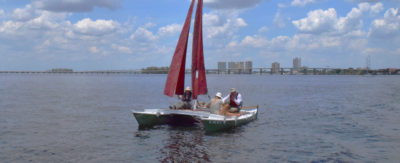
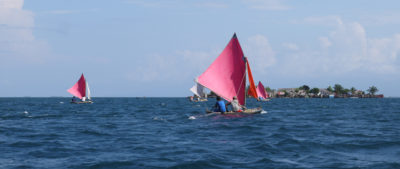
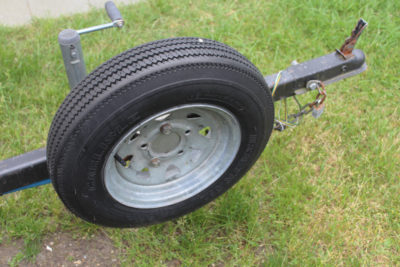
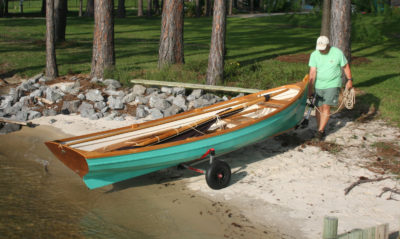
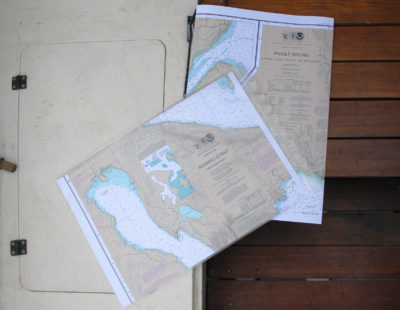

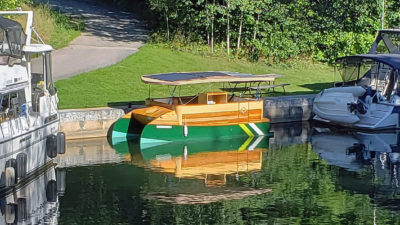
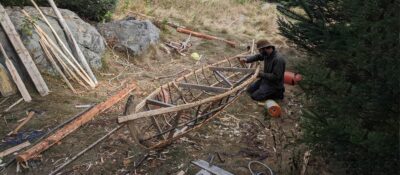
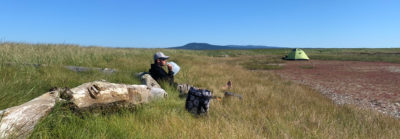
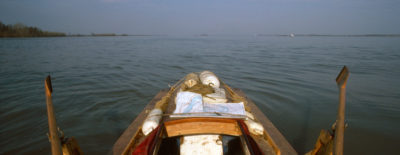
Fabio,
It all brought back good memories of our time in the Guna Yala sailing with you, plus those two Aussies and the Canadian sisters.
Best,
Kathy
Thanks Kathy, it was great fun, and good memories! Guna Yala is changing, but still at a slow pace. There is still the possibility to enjoy their unique culture.
Great article Fabio! That is awesome to experience such an event!
Thanks Freddie! It was an awesome experience, especially the tour to the woods to see the canoe building.
To go to windward, do these canoes have both a sharp, flat entry and a sort of keel on the stern?
As you can notice in the penultimate picture, Gunas carve streamlined skegs both at the bow and the stern of the ulu, that help the canoe track on the water.
We visited Guna Yala twice forty years ago, once by yacht and once by air. Our small STOL aircraft was only a few feet from the water by the time it stopped after landing. Like landing on an aircraft carrier. The yacht we were on got caught in a sudden squall and went aground on a remote island there. Fortunately, it was a sand beach and, with the combined efforts from an accompanying yacht (sportfisher), we freed the hull.
We lived on the Atlantic Coast of Panama at Fort Gulick. We would also see Guna workers on the mainland. As a people, they may be short, but they are rugged. They grow up with a fish spear in one hand and a machete in the other. Most of their islands are uninhabited, the proverbial deserted tropical island.
One episode we heard of was when a drug smuggler stopped there on a boat. The Guna asked him to leave, and when he refused, he was shot with a spear gun.
Beautiful islands and a hardy people.
The ulu is a form of dugout canoe made from a tree trunk. When we lived in Panama, we saw much larger dugouts, called cayucos in Spanish, made from very large trees, hewn out over a perhaps a year or more. We rode in one such cayuco, eight people onboard and it was not overloaded, outboard powered. Back in Panama recently, you can still see cayucos occasionally, but most have been replaced by pangas. Are there any pangas at Guna Yala?